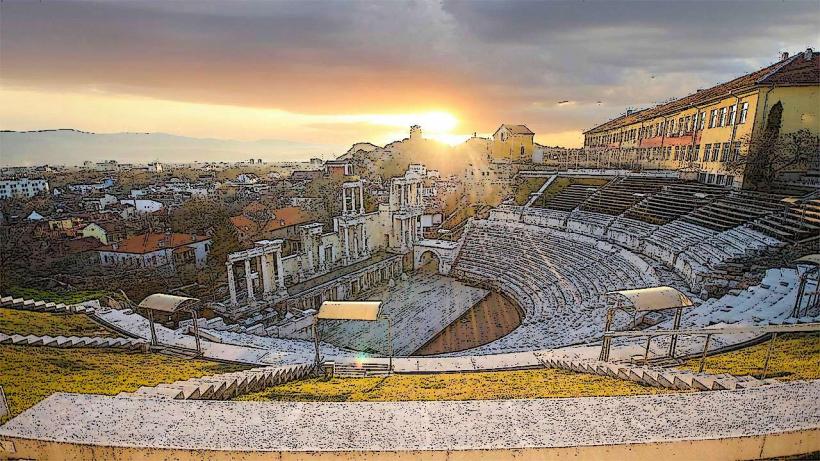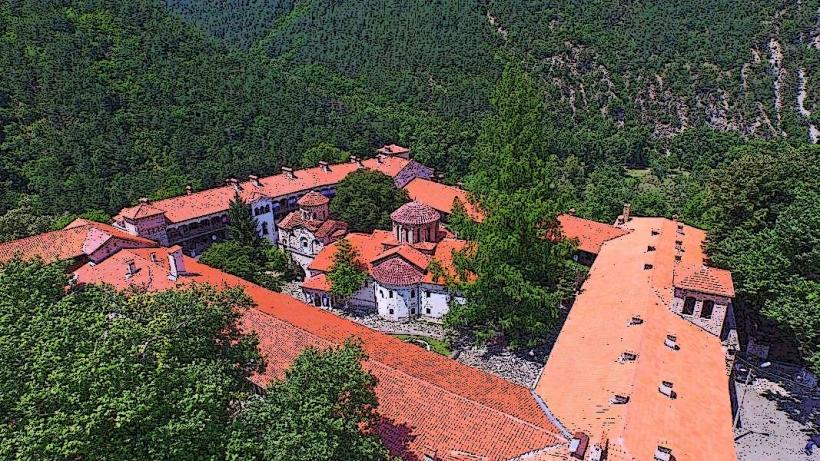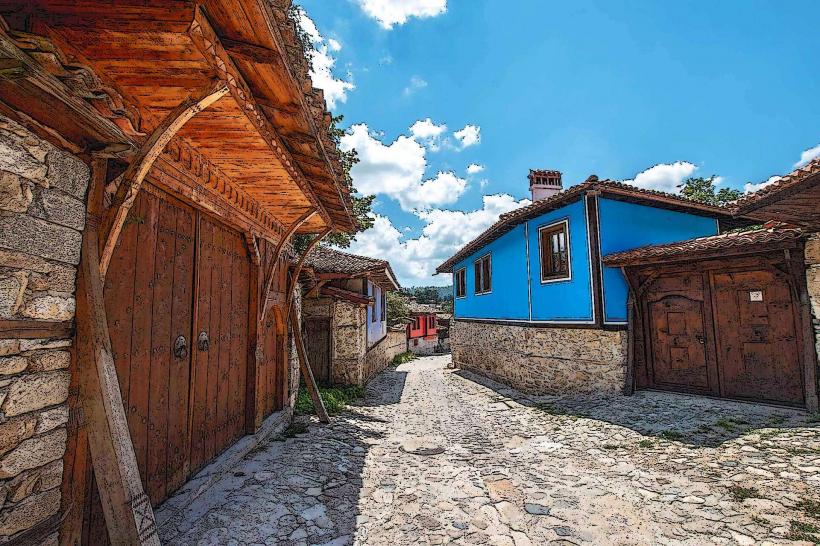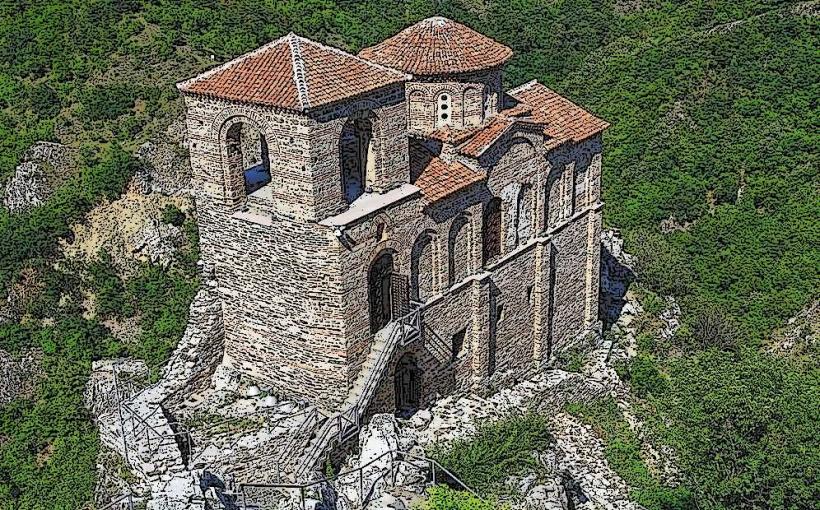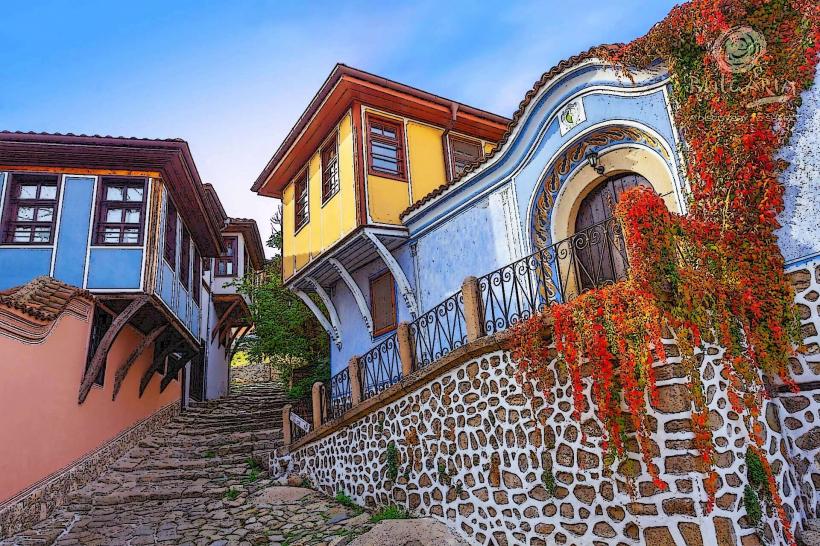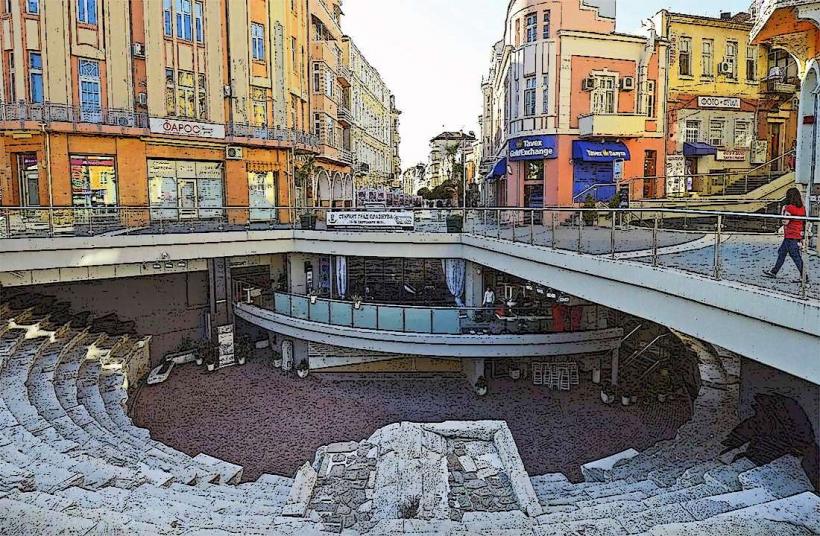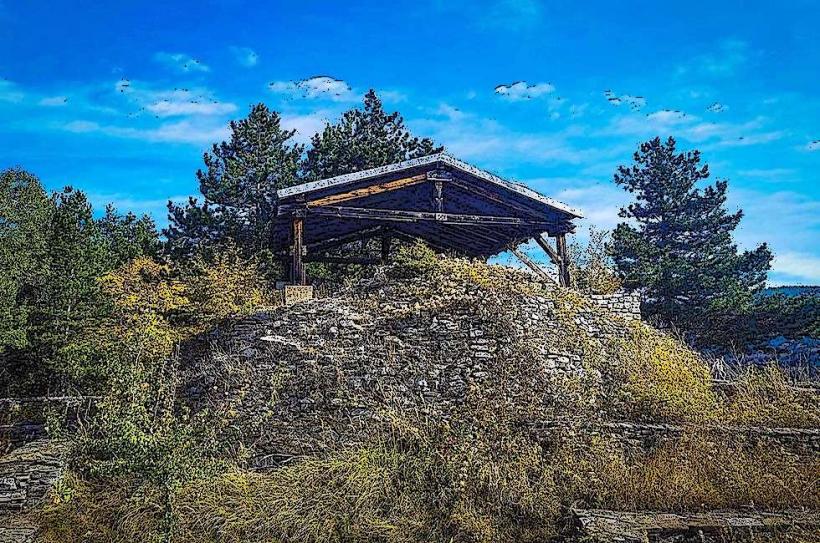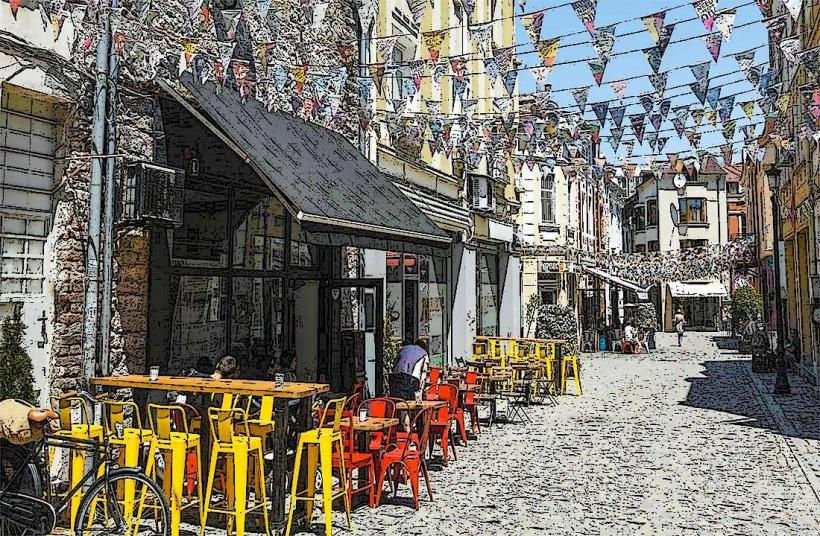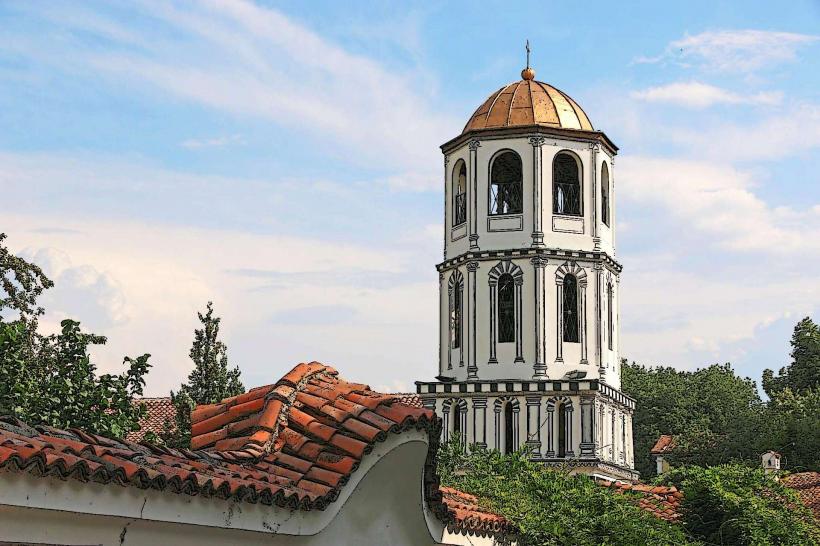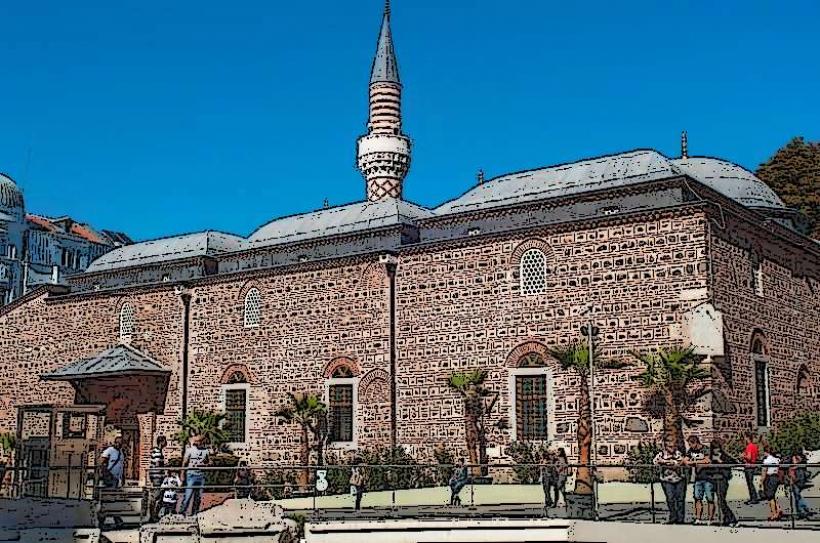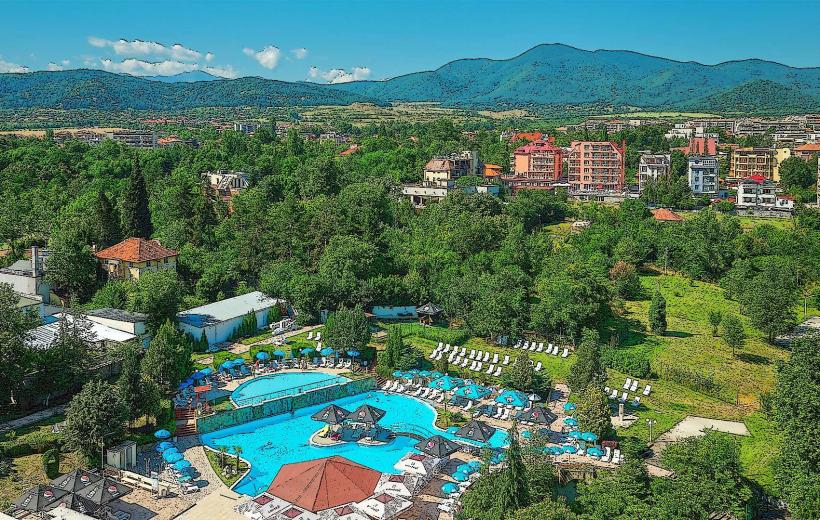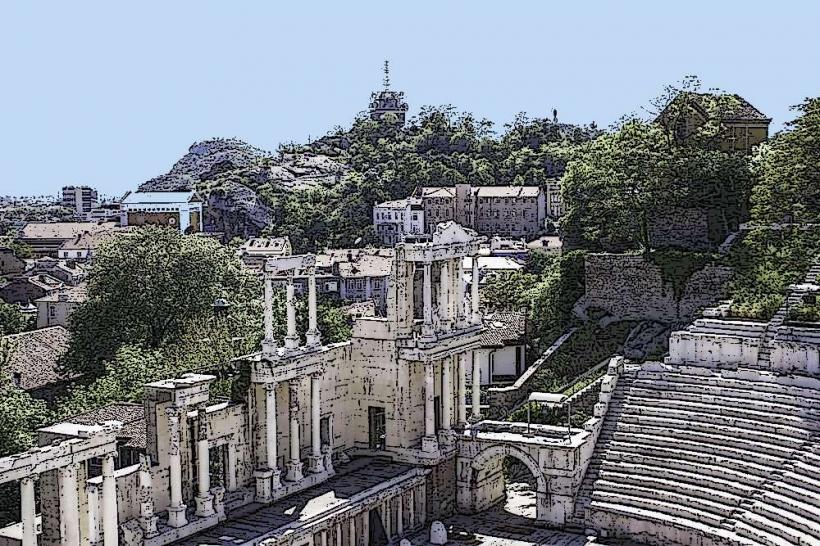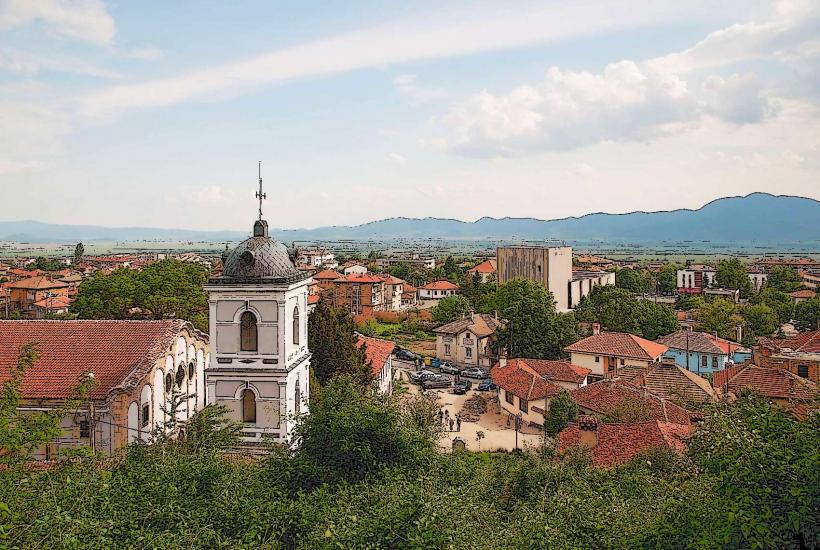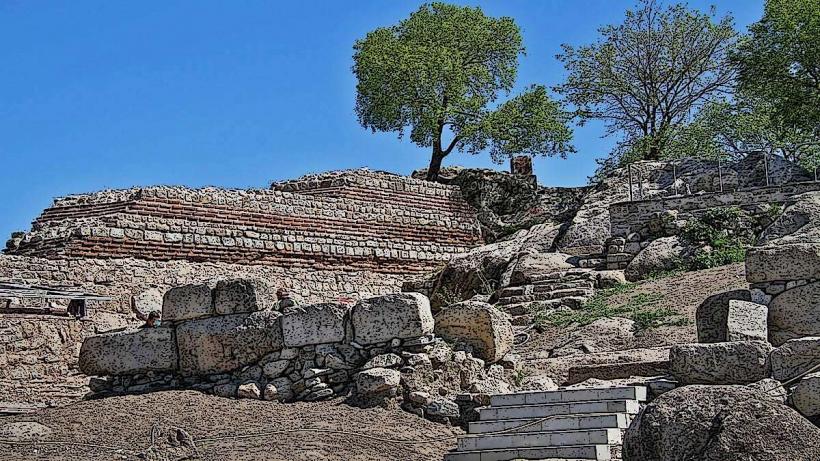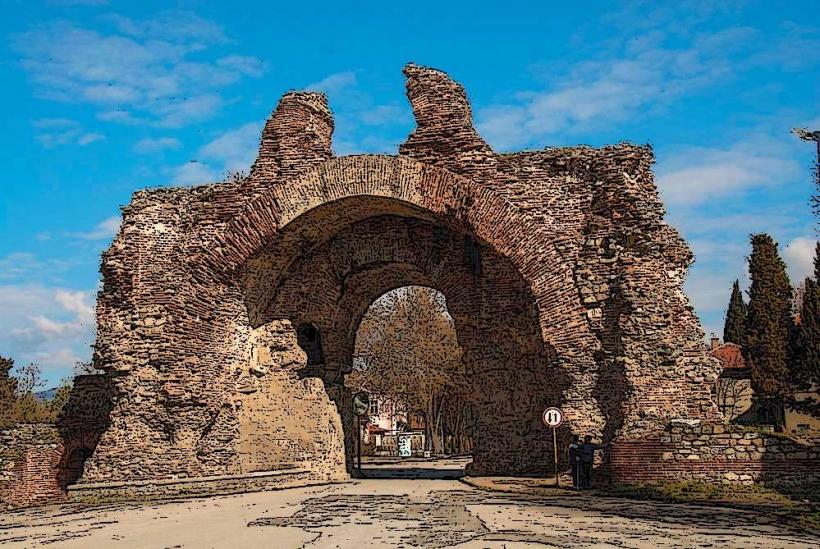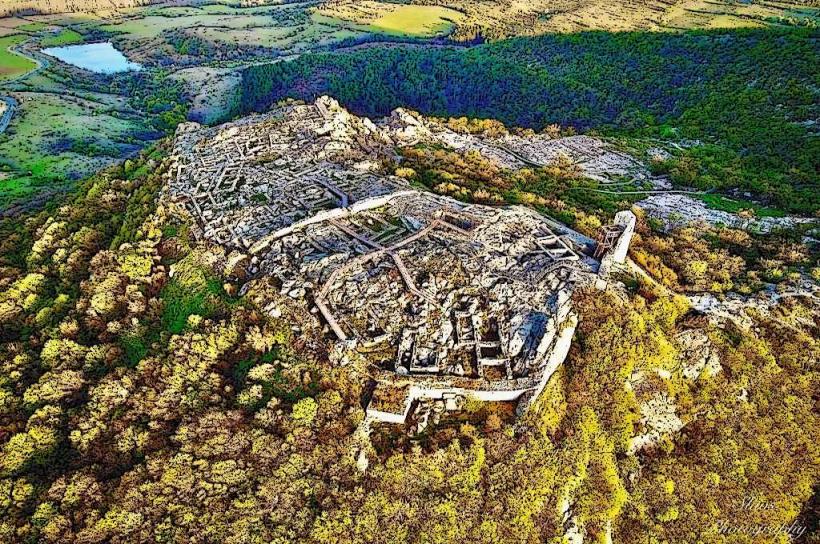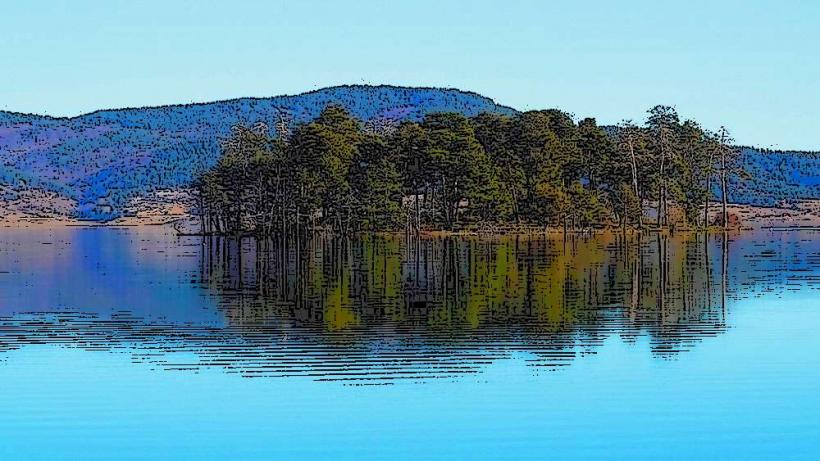Information
Landmark: Maritsa RiverCity: Plovdiv
Country: Bulgaria
Continent: Europe
The Maritsa River is one of the major rivers in the Balkan Peninsula, flowing through Bulgaria, Greece, and Turkey. It is an important waterway in the region, both historically and geographically, and plays a significant role in the ecosystems, agriculture, and economy of the countries through which it passes.
Overview
- Length: The Maritsa River is about 480 kilometers long (298 miles), making it one of the longest rivers in the Balkans.
- Source: The river originates in the Rila Mountains in Bulgaria. Its source is located at an altitude of around 1,700 meters (5,577 feet) above sea level.
- Mouth: The Maritsa flows into the Aegean Sea. It passes through northern Greece and reaches the Turkish border, where it continues to flow across the southeastern part of Turkey before finally draining into the Aegean.
- Drainage Basin: The river’s basin spans across Bulgaria, Greece, and Turkey, with the majority of the river's course lying in Bulgaria.
Geographic and Environmental Importance
Flow and Route:
- The Maritsa River flows predominantly in a southern direction. After originating in the Rila Mountains, it travels through Bulgaria, enters Greece, and forms part of the Greece-Turkey border before reaching the Aegean Sea.
- In Bulgaria, the river passes through cities such as Plovdiv, one of the largest cities in the country, and is an important source of water for the surrounding region.
Tributaries:
The Maritsa River is fed by several important tributaries, including the Tundzha River and Arda River, which contribute to its flow and drainage basin. These tributaries are significant to the river’s hydrology and the agricultural communities that rely on them.
Ecological Importance:
The Maritsa River supports a diverse range of flora and fauna along its course. Its wetlands, riparian zones, and floodplains provide vital ecosystems for various species of fish, birds, and plant life. The river's ecological importance extends across the three countries it flows through.
Economic and Cultural Significance
Historical Role:
- Historically, the Maritsa River has been a key trade route in the Balkans, connecting the interior of the Peninsula with the Aegean Sea. It was important for trade and transport throughout ancient and medieval times.
- The river also marks historical boundaries and has witnessed many significant battles, particularly during the Ottoman period.
Agriculture and Irrigation:
- The Maritsa is crucial for irrigation in the agricultural regions of southern Bulgaria, Greece, and Turkey, providing water for crops such as tobacco, cotton, fruits, and vegetables. The fertile land around the river has long supported agricultural communities.
- The river's floodplains are ideal for agriculture, and its seasonal floods have historically enhanced soil fertility.
Urban and Economic Development:
- Major cities such as Plovdiv in Bulgaria and Alexandroupolis in Greece have developed along the Maritsa River, benefiting from its proximity to trade routes and its natural resources.
- The river also plays a role in hydroelectric power generation, as several dams and hydroelectric plants are situated along its course.
Tourism:
- The Plovdiv region and the river’s surroundings are rich in cultural heritage and natural beauty, attracting tourists interested in historical sites, scenic landscapes, and ecotourism.
- The Maritsa's banks are home to picturesque views, traditional villages, and archaeological sites, contributing to the region's tourism industry.
Challenges and Environmental Concerns
Pollution:
- Like many rivers in the region, the Maritsa faces challenges from industrial pollution, agricultural runoff, and waste disposal. The increased use of chemical fertilizers and pesticides in farming has contributed to water contamination, affecting the quality of the river's water and its surrounding ecosystems.
- Efforts to improve water quality and manage pollution are ongoing, though the river remains vulnerable to environmental degradation.
Climate Change:
- Climate change poses risks to the Maritsa’s flow patterns, with potential changes in rainfall, temperature, and seasonal flows. These shifts could affect water availability for agriculture and other industries that depend on the river.
Water Management:
- Given the importance of the river for irrigation, drinking water, and power generation, the Maritsa River requires effective water management. The challenge is to balance the needs of agriculture, industry, urban development, and environmental protection.
Major Cities and Landmarks Along the Maritsa River
Plovdiv (Bulgaria):
- Plovdiv, the second-largest city in Bulgaria, lies along the Maritsa River. The city is one of the oldest continuously inhabited cities in Europe and is known for its Roman theater, Old Town, and cultural festivals.
Alexandroupolis (Greece):
- Located near the river’s mouth, Alexandroupolis is a port city in northeastern Greece. It is a center for trade and tourism and plays an important role in regional commerce.
Edirne (Turkey):
- In Turkey, Edirne is a major city located along the Maritsa River. It was historically the capital of the Ottoman Empire before Istanbul and remains a culturally significant city in Turkey with Ottoman architecture and landmarks.
Conclusion
The Maritsa River is a vital geographical, ecological, and cultural feature of the Balkans. It has shaped the development of the regions through which it flows, supporting agriculture, industry, and urbanization. While the river faces environmental challenges such as pollution and climate change, its historical importance and ongoing role in the economy make it an essential waterway for Bulgaria, Greece, and Turkey. The Maritsa River continues to be a symbol of the region's shared history, natural resources, and future prospects for sustainable development.

